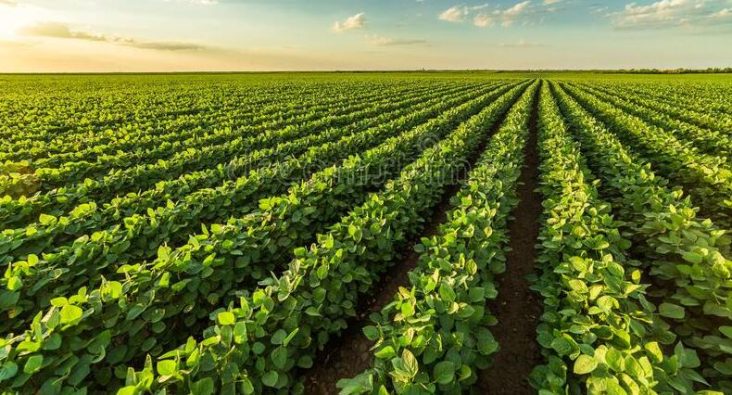Row crop planting pace at five-year high
by May 7, 2024 12:04 pm 542 views

A relatively dry winter has helped accelerate row crop planting in Arkansas to its best pace in half a decade. Farmers are planting at the fastest rate in five years, according to an April 29 U.S. Department of Agriculture report.
About 83% of the state’s planned rice acreage has been planted, nearly double the five-year average for this point in the season.
Soybeans are even further ahead of expectations, with 56% of planned acreage already planted, compared with the five-year average of 23% normally planted in the last week of April. The state’s corn crop is also racing ahead of its five-year average with 81% of planned acreage already in the ground.
Jarrod Hardke, extension rice agronomist for the University of Arkansas System Division of Agriculture, said the roots of the 2024 season’s rapid pace lay in the relatively dry winter that preceded it.
“We’re on a sort of parallel to last year’s planting season,” Hardke said. “Growers were able to complete an enormous amount of field preparation over the winter months, and as soon as the early planting window opened up, they hit the ground running.”
Arkansas’ rice crop rebounded in terms of acres in 2023, with farmers adding 327,000 more acres than they planted in 2022. The USDA reported that the 1.41 million acres harvested in the state last year was roughly half the rice grown in the country. Predictions are that if the weather holds, the rice crop could expand even more this year.
There are potential problems with an early planting season. Arkansas growers enjoyed near-record rice yields last year, a region-wide “traffic jam” between harvesters and mills caused much of that yield to suffer in quality, as high heat and humidity took a toll on grain kernels as they languished in the fields.
Hardke said that while the weather, regardless of the season, is beyond human control, growers almost always benefit from early planting.
“Early planting gives you the best chance of maximizing yields,” he said. “If you have an opportunity to plant and you choose not to, it’s a gamble. For all we know, it’s going to start raining and never really let up for the rest of the spring. Take advantage of the windows you’re given.”
“Northeast counties have received low rainfall this spring and an elongated planting window, while as you move southward, rain amounts have been increasingly higher and planting windows fewer and further between,” Hardke said.
With so many different crops going into the ground at once, producers may find themselves with serious time management challenges come harvest time.
“As we break the traditional mold of planting corn, then rice, then beans, we’re going to have to be flexible and responsive in terms of our stages of management,” Hardke said. “My best advice is to start harvest on the early side so that more of the overall harvest is within the optimal timing.”
